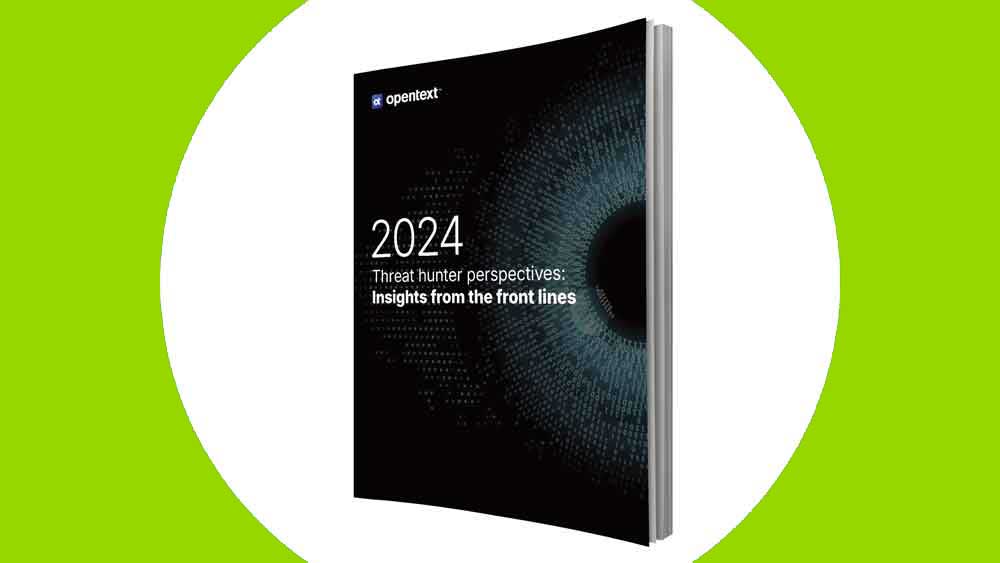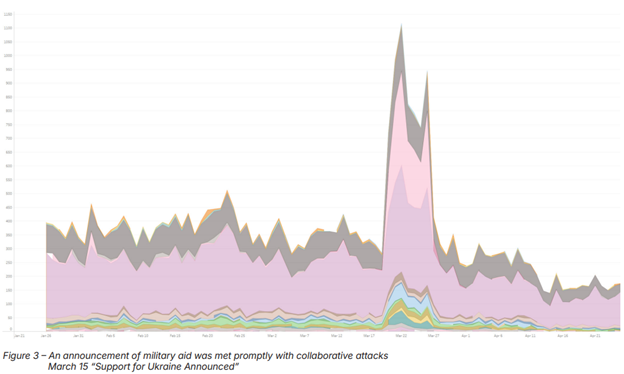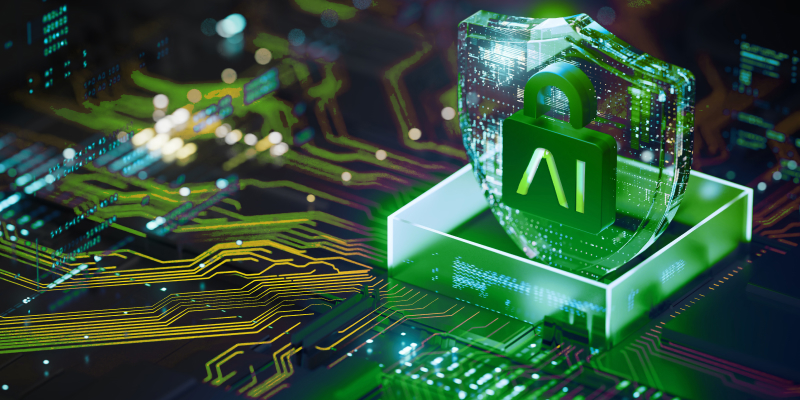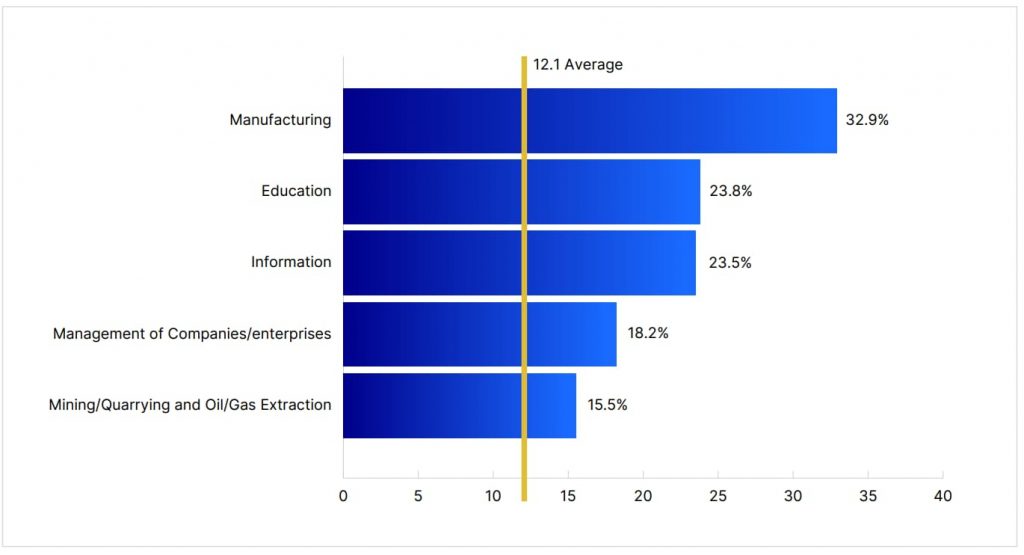Generative AI has taken the world by storm, transforming how individuals and businesses interact with and trust this new technology. With tools like ChatGPT, Grok, DALL-E, and Microsoft Copilot, everyday users are finding new ways to enhance productivity, creativity, and efficiency. However, as the integration of AI into daily life accelerates, so do the concerns around privacy and security.
We’ll explore key findings from the 2024 Generative AI Consumer Trends and Privacy Survey and examine how these results are shaping the future of generative AI.
Generative AI usage: Who’s using it and why?
The survey of over 1,000 U.S. consumers reveals that generative AI is becoming a mainstream tool. Nearly 40% of respondents reported using AI tools at least weekly, with 19% using them daily. While text-based generation tools such as ChatGPT lead the pack, image creation tools like Midjourney and DALL-E are also seeing substantial use.
Top reasons for using AI
- Curiosity: 40% of respondents cited curiosity as their primary reason for trying generative AI tools. The surge in AI innovation has made people eager to explore its capabilities.
- Productivity and creativity: 24% use AI to enhance productivity, while 26% use it to boost creativity. AI is now a staple for professionals looking to streamline tasks and individuals wanting to experiment with new ideas or freshen up old ones.
AI adoption across age groups
Generative AI adoption varies widely across age groups. Younger respondents, aged 20-30, are leading the charge, with only 22% stating they have never used AI. In contrast, older users, particularly those aged 41-50, are more hesitant, with 41% saying they have never used AI. Despite this generational gap, the trend toward AI adoption is undeniable. Over half of respondents (56%) expect to increase their usage in the next year, and 63% foresee increased usage in the next five years.
Privacy concerns loom large
- 67% of respondents believe stricter privacy regulations are needed for AI tools.
- Two-thirds of respondents expressed concern about AI systems collecting and misusing personal data.
Interestingly, while many people have taken steps to protect their personal data—such as using VPNs, password managers, and antivirus software—workplace privacy protection is lagging. Only 27% of employed respondents use privacy tools and settings to safeguard workplace data when using AI.
This imbalance between personal and professional data protection underscores the need for stronger workplace policies and more awareness around data privacy at work.
Parents and AI: A growing concern
Generative AI isn’t just a concern for individual users; it’s also a pressing issue for parents. The survey revealed:
- 77% of parents are concerned about their children’s use of AI, especially around privacy.
- 49% of parents are very concerned about their children’s privacy when using AI tools.
While many parents express concern about privacy with generative AI, a significant portion of them aren’t sure if or how their children are using these tools. According to the survey:
- 29% of parents are unsure whether their children are using generative AI at all.
- 28% of parents that do know their kids are using AI, are not certain what their kids are using it for, highlighting a gap in understanding how these tools are being applied in their children’s lives.
When it comes to the specific uses of AI among children, the survey reveals that:
- 32% of children use AI for schoolwork, such as research.
- 27% use it to create images and videos.
- 32% of parents selected “Other,” indicating a broad range of possible uses beyond what parents may commonly understand.
This uncertainty shows that while parents may be concerned about AI’s impact, many are in the dark about how or even if their children are engaging with these powerful tools. This lack of knowledge highlights the need for better communication and education for parents around generative AI, particularly as it becomes more integrated into educational and recreational activities for young people.
AI’s future: Growth amid caution
Despite the growing concerns around privacy, the future of generative AI is one of expansion. A majority of respondents (56%) expect their AI usage to grow in the next year, with many anticipating the integration of AI into even more aspects of personal and professional life.
However, with this growth comes the responsibility to ensure that privacy is safeguarded. As OpenText’s Muhi Majzoub, EVP and Chief Product Officer, points out: “As personal and family AI use increases, it’s essential to have straightforward privacy and security solutions and transparent data collection practices so everyone can use generative AI safely.”
Steps to safeguard your privacy
The survey reveals that consumers are increasingly aware of the need to protect their personal data when using generative AI. Here are some common steps taken by respondents:
- Use Strong, Unique Passwords: 76% of respondents use strong passwords to protect their accounts.
- Enable Two-Factor Authentication: 64% have activated two-factor authentication for an added layer of security.
- Regularly Update Software: 69% ensure their AI tools and devices are updated regularly to avoid vulnerabilities.
Despite these protective measures, 16% of users admitted they do not know how to protect their personal information, underscoring the need for greater awareness and education on digital privacy.
Navigating the AI frontier
The 2024 survey paints a clear picture: Generative AI is here to stay, but the road ahead is fraught with challenges, especially regarding privacy. While AI continues to evolve, it’s crucial that both individual users and businesses take steps to protect their data and remain vigilant about potential security risks.
As AI continues to integrate into every facet of life, from the workplace to personal tasks, the balance between innovation and privacy protection will be key in ensuring that everyone can harness the power of AI safely.






















